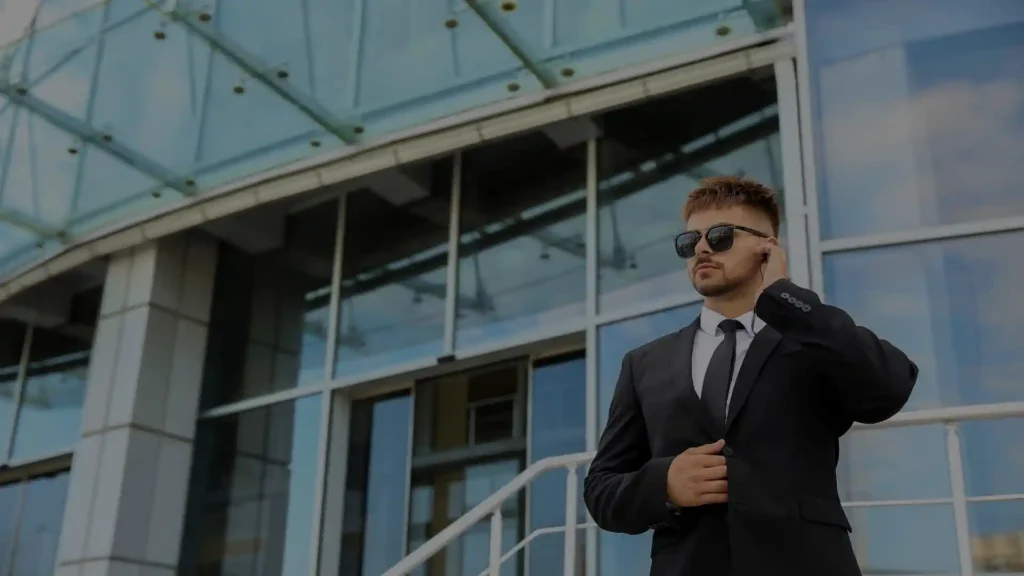- 18403 Pioneer Blvd Ste 207 Artesia, CA 90701-4615
- License No: PPO 122551
Best Security Guard Service Providers in the USA

Securing Music Festivals: Best Practices for Event Security in California
Security Plan for Events
Make a Comprehensive Risk Assessment
- Recognizing Possible Dangers
The first part of a risk assessment involves recognizing possible dangers. This can include anything from overcrowding and unauthorized access to potential acts of violence. For example, if a festival is held in a crowded area, assessing the risk of a stampede is crucial. Similarly, considering the potential for unruly behavior from attendees is also essential.
To make the festival safer, organizers can hold meetings with local law enforcement and emergency services. They can provide insights into what dangers might arise based on past events. By involving these authorities, you will gain a better understanding of the security landscape.
- Evaluating Weaknesses
After recognizing possible dangers, the next step is evaluating weaknesses. This means identifying areas where the festival may be vulnerable. For instance, is the entry point to the festival well-guarded? Are there enough security personnel to monitor the crowd? Are exits marked and accessible?
It is crucial to analyze the festival layout. Organizers should walk through the venue to pinpoint areas that could become problematic. By doing this, they can develop strategies to address these weaknesses and strengthen overall security.
Develop a Comprehensive Security Plan
- Security Protocols and Procedures
Creating detailed security protocols and procedures is essential. These protocols will outline what security personnel should do in various situations. For example, how should security respond to a fight? What happens if there is a medical emergency?
Organizers should document these procedures clearly. They should share them with all staff and security personnel before the event. This way, everyone knows what to do and can respond quickly if something happens.
- Coordination with Local Authorities
Next, coordinating with local authorities is vital for effective security. This involves working closely with local police, fire departments, and emergency medical services. By establishing strong relationships with these organizations, event organizers can ensure a quicker response in case of emergencies.
Additionally, local authorities may provide valuable insights based on their experience with other events. They can help identify potential risks that may not be obvious to festival organizers.
Put Access Control Measures in Place to Secure Entry and Exit Areas
- Ticket Checks: Checking tickets at the entrance prevents unauthorized entry. Using scanners can speed up this process.
- Wristbands: Providing wristbands to attendees can help identify those who have paid for admission. This can reduce the risk of ticket fraud.
- Search Protocols: Conducting bag checks and security screenings at entry points can help prevent dangerous items from entering the festival.
- Obtaining Certifications and Icons
Organizers should also consider obtaining certifications for their security practices. This might involve working with professional security companies or seeking advice from experts. Having certified personnel can enhance the event’s credibility and ensure attendees feel safer.
Moreover, using recognizable icons, such as security logos, can reassure attendees that safety measures are in place. These symbols can serve as reminders for everyone to stay alert and report any suspicious activity.
Train Security Personnel and Staff
- Specialized Training
First, providing specialized training for security personnel is essential. This includes teaching them to handle crowd control, identify potential threats, and respond to emergencies. Training should cover various scenarios, including medical emergencies and conflict resolution.
- Regular Drills and Simulations
In addition to specialized training, conducting regular drills and simulations is important. These practice sessions can help security personnel become familiar with their roles and responsibilities. They can also identify areas that may need improvement.
For example, organizers can simulate an evacuation scenario. This allows security personnel to practice guiding attendees to safety quickly and efficiently. Regular drills ensure that everyone is prepared for any situation that may arise.
Utilize Technology for Enhanced Security
- Surveillance Systems
One of the most effective technologies for Securing Music Festivals: Best Practices for Event Security in California is surveillance systems. Installing security cameras throughout the venue allows security personnel to monitor crowds in real time. This can help identify suspicious behavior or incidents before they escalate.
Surveillance footage can also serve as valuable evidence if something goes wrong. Organizers should ensure that all camera feeds are monitored continuously during the festival.
- Communication Tools
Effective communication tools are also essential for security operations. Equipping security personnel with radios or walkie-talkies allows for instant communication. This ensures that everyone can stay informed about any incidents or emergencies.
Additionally, using mobile apps can facilitate communication among staff. Organizers can send alerts and updates directly to personnel, ensuring stay on the same page.
Plan for Medical Emergencies
- On-Site Medical Assistance
Having on-site medical assistance is vital for any festival. Organizers should work with medical professionals to set up a first-aid station. This station should be staffed with trained medical personnel ready to handle minor injuries and emergencies.
Marking the location of the medical station can help attendees find it easily. Providing information about the services available at the station can also reassure attendees that help is nearby.
- Emergency Medical Services Coordination
In addition to on-site medical assistance, coordinating with emergency medical services is crucial. Organizers should establish a plan for contacting local hospitals and ambulances if necessary. This ensures that attendees receive advanced care quickly if their situation requires it.
- Security Requirements for Events
Lastly, it’s essential to understand the security requirements for events. Many local governments have specific regulations that organizers must follow. These may include guidelines on the number of security personnel required, emergency response protocols, and crowd management practices.
Reviewing these regulations and incorporating them into the security plan is critical. This not only ensures compliance but also helps create a safer environment for everyone.
Security Guards Solutions - Fulfilling Your Security Requirements for Events
Conclusion
FAQs
- Security is essential at music festivals to protect attendees, prevent incidents, and ensure a safe environment for everyone.
- Common risks include overcrowding, unauthorized access, and potential acts of violence.
- Technology can enhance security through surveillance systems and effective communication tools for security personnel.
- If you see something suspicious, report it to security personnel immediately. They are trained to handle such situations.
- Look for on-site medical assistance stations and know how to contact emergency medical services if needed.
